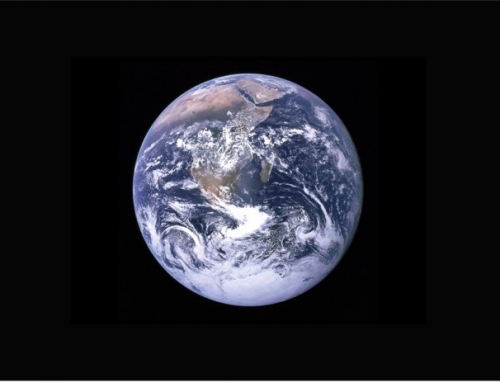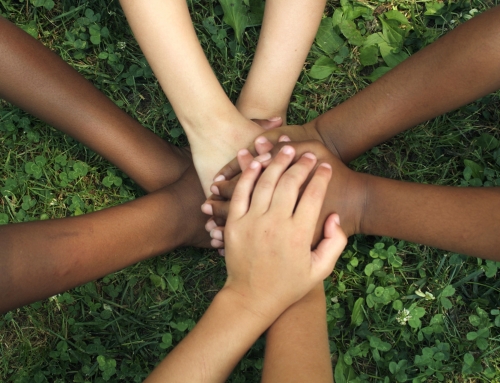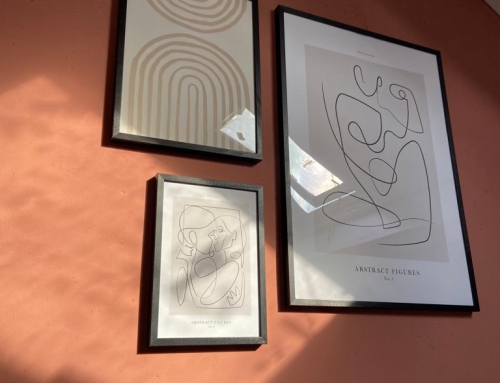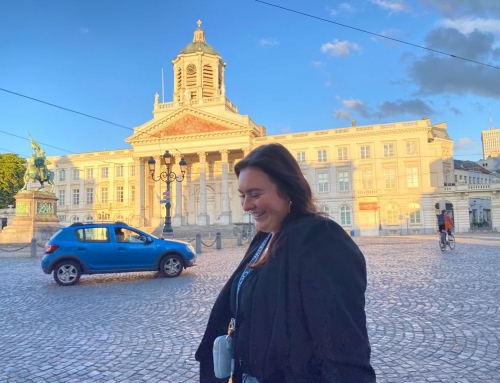We are busy people these days. We work to earn money, we exercise to meet our physical needs, take care of ourselves and others. After we’ve put in all this effort to maintain our life, we want to relax! It is up to the individual how to spend their leisure time. Some watch television or visit a restaurant. Personally, I like to participate within the cultural sector, with a focus on visiting (music)events.
Visiting a (music)event helps me to escape reality. Those tasks that still need to be done? It’ll come later, and is not at the top of my priorities during the event. I bet you have a memory in which you’ve visited an artist, DJ or danced in the club and sang as loud with the lyrics as possible and felt completely free. This should be the same for everyone, right? To my opinion, everyone has the right to escape our busy lives and to relax to re-charge. Unfortunately, this isn’t the case yet. Our cultural sector isn’t accessible for people with a disability.
I am Jenske Botden, social innovator, and would like to make our cultural sector more inclusive, so everyone can enjoy their leisure time and escape reality.
In the past years, I have discovered an interest in improving the leisure industry. I noticed I wanted to share the joy I receive from this with other people. However, once I noticed not all people can enjoy this due to multiple factors such as, for example, a disability, I knew I wanted to see what is at win in order to make our culture sector more accessible.
I have already worked with two different companies that also share this value. We’ve set up workshops regarding the accessibility of cultural institutes and how to improve them. Furthermore, I have supported a company that contributes to making music events more sustainable by enlarging its community. These are great projects and contribute to improving the cultural sector. I noticed this gave me lots of energy and therefore wanted to gain more knowledge on this topic.
You could say the overlaying arch of this subject is inclusion. People are excluded from visiting a cultural activity such as an event because of a lack of accessibility. Therefore, they are excluded from the group that can visit the event. Or, someone cannot visit the event due to a lack of money. This person is also excluded from the group that can visit the event. Just like this, there are more reasons people are excluded from undertaking the activities which they’d like to.
What is inclusion? When is something exclusion? The answer will differ from person to person. There is no one way to measure inclusion and there is no one way to solve challenges regarding inclusion. That’s what makes this a very complex challenge. Many times before, I saw people try to ‘solve’ these complex challenges around inclusion regarding accessibility by offering simple solutions. Let me give you an example of this:
A music festival isn’t accessible for people in a wheelchair; therefore, the organizers of this music festival built a wheelchair podium somewhere located around the main stage. People in a wheelchair should be able to visit the event now, right? Yeah, technically they can. However, a simple solution doesn’t solve the challenge of inclusion here. The wheelchair podium only provides access for one or two friends of the person in a wheelchair. Therefore, this group of people are still excluded from the other visitors. Furthermore, the road to the podium is very muddy, which makes it difficult to transport and there are 6 other stages the person in a wheelchair is not able to visit.
This is only one example. But as you can see, the wheelchair podium is a good addition. However, it is not a perfect solution. Unfortunately, the priorities of many people are elsewhere when it comes to spending money. Many people want to work on accessibility, but since this is such a complex challenge, we often don’t know how to find a proper solution. One thing we tend to forget is to involve the target group. We tend to do it for others, rather than with others. Someone once said to me; “Nothing about them, without them”, which is something I want to stick to and put into practice.
What is your perspective on accessibility? Should we try to make our cultural sector accessible for everyone and make sure to involve the target group in the problem solution? Or do you have different ideas? Or have you experienced inaccessibility yourself? Please reach out to me, I’d like to learn more of your perspective!





